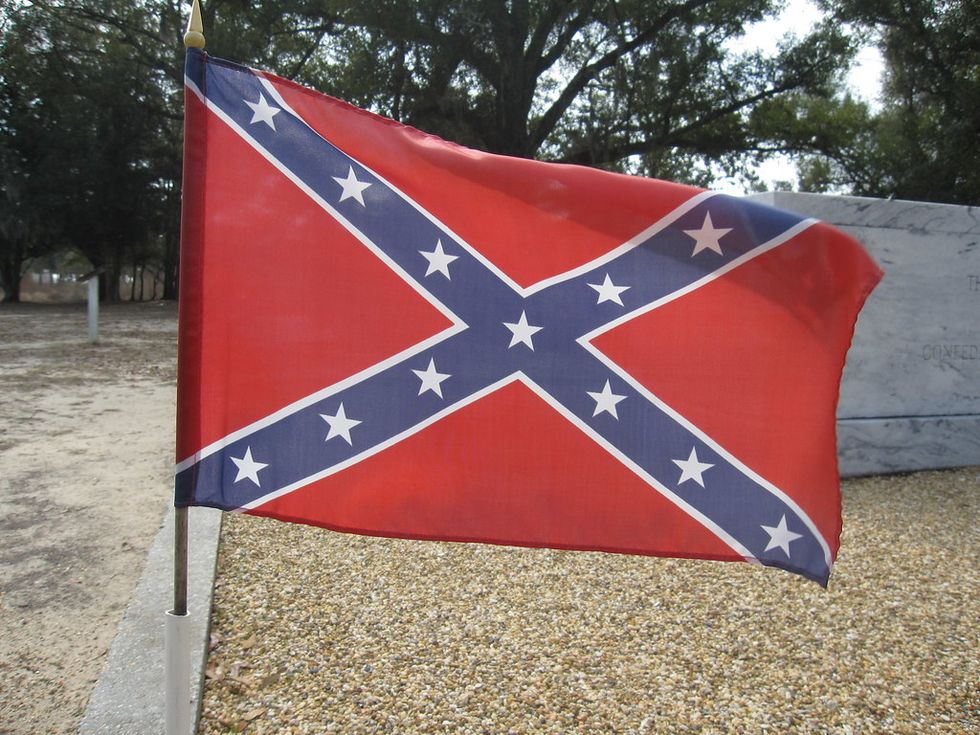The Confederate banner – the 13-star saltire in red, white and blue – has come to be perceived as an image of the American South. It came into utilization at the hour of the American Civil War, from 1861-65, which was activated by the issue of subjection. Seven southern states revolted over President Abraham Lincoln's abolitionist servitude enactment and announced withdrawal from the United States.
Below are some of the amazing facts of US confederate flag.
Q1: What number of stars did the US Flag have toward the beginning of the Civil War in 1861?
A: 33 stars representing all states
Q2: At the end of the war ! How had the US Flag changed ?
A: By the end of the civil war, US Flag had total 35 stars , two other states had been added like Kansas and Virginia.
Q3: Who was the leader during that civil war?
A: Jefferson Davis elected as the president. And Montgomery, Alabama, became the capital of the states.
Q4: Is this the first official flag of Confederacy?
A: No, the first national flag is the bars and stars flag which represents 7 stars only with respect to 7 states.
Q5: Why was the first national flag replaced?
A: The Stars and Bars Flag created turmoil on the combat zone since it was so like the Union's Stars and Stripes Flag.
Q6: After the election, which were the seven states?
A: Texas, Florida, South Carolina, Mississippi, Louisiana and Georgia.
Q7: When the national first had been replaced, Does the stars also removed?
A: No, the newly elected president i.e Lincoln refused to remove the stars.
Q8: What new association did these 7 withdrew states make?
A: Agents from these seven states immediately framed a political association called the Confederate States of America.
Q9: Were there extra expresses that withdrawn from the Union?
A: Virginia, Arkansas, Tennessee, and North Carolina all withdrew for an all out 11-state Confederacy.
Q10: When and where was the Revel Flag Flown?
A: The Navy Jack, otherwise called the 'Dissident Flag' or 'Southern Cross' was flown on Confederate boats from 1863 to 1865 and was square fit as a fiddle contrasted with the famous rectangular banner of today.
















